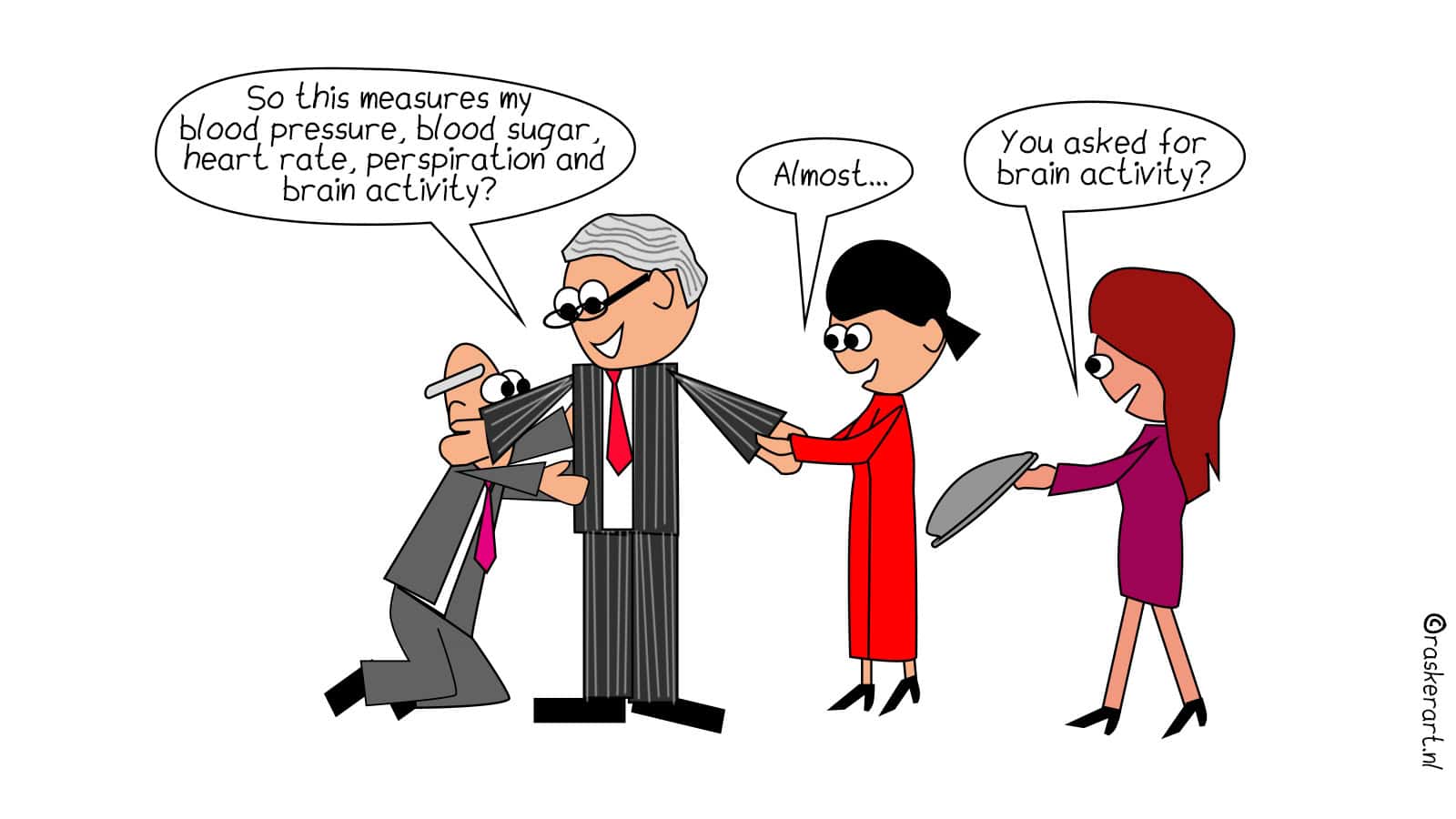
Researchers at Utrecht University (UU) in the Netherlands have made one more step towards developing a new drug to treat Parkinson’s disease. People who have this disease suffer from stiffness and sometimes make involuntary movements. They also experience increasing difficulty with their coordination. More than 50,000 people suffer from the disease in the Netherlands alone.
A substance that inhibits Parkinson’s disease in mice is bringing the development of a new drug to fight the disease closer, according to pharmaceutical researchers at Utrecht University.
Current Parkinson’s drugs only have a limited effect. They mainly improve the muscular function, however these drugs have many adverse side effects.
Inhibition of an enzyme’s excessive activity
The toxins that cause Parkinson’s arise from an excessive conversion of the amino acid tryptophan. Pharmaceutical researcher Aletta Kraneveld: “In a disease like Parkinson’s, the conversion of tryptophan into a certain degradation pathway, known as the kynurenine pathway, is disrupted. This starts with the enzyme tryptophan dioxygenase, TDO for short. In Parkinson’s disease, the conversion of tryptophan goes off the rails, so to speak. Researchers at the pharmaceutical company NTRC in the Dutch city of Oss have developed a substance that inhibits the production of these toxic by-products. We have tested the TDO inhibitor in our lab in Utrecht and it seems to really work.”
Director-researcher Guido Zaman of NTRC says that the way the drug works is generally seen as very innovative. Given the similarities of Parkinson’s with Alzheimer’s and Huntington’s diseases, researchers expect that the TDO inhibitor could work with them as well.
Effect on the brain
According to the researchers, the drug also inhibits inflammatory responses in the intestines of Parkinson’s patients and improves bowel function. Over the next few years, NTRC wants to optimize this newly developed TDO inhibitor. UU pharmaceutical researchers would also like to test these improved drugs. Kraneveld: “We have several other research questions too. For example, we are very curious about how the drug works at the molecular level in the brain or elsewhere. We would love to do follow-up research on that.”
Original publication: FEBS Journal.








